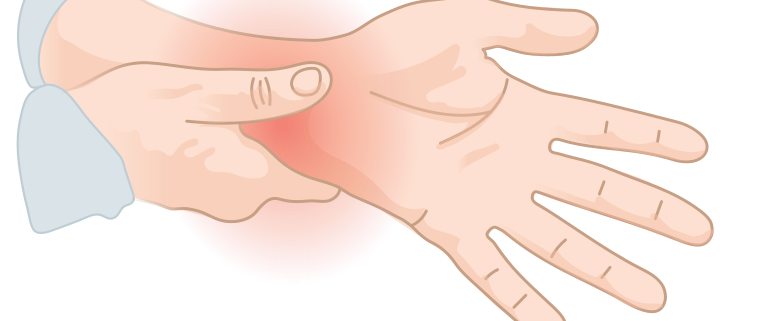
Wrist Ligament Injuries
Overview
Wrist ligament injuries are quite common and can occur in anyone, regardless of age or fitness level. They typically occur when the wrist is bent or twisted in an abnormal way, resulting in strain, sprain or tear of the ligaments – the tough, flexible bands of tissue that hold the bones in your wrist together.
Types
There are various types of wrist ligament injuries, including:
-
- Wrist Sprains: This is a common wrist injury where ligaments are stretched too far and tear. Sprains can range from mild to severe.
-
- TFCC Injuries: This stands for triangular fibrocartilage complex. These injuries usually involve damages to the cartilage and ligaments on the little finger side of the wrist.
-
- Scapholunate Ligament Injuries: This involves an injury to the specific ligament that connects the scaphoid and lunate bones in your wrist.
Causes
Wrist ligament injuries are often a result of:
-
- Falls: Falling onto an outstretched hand is a common cause of wrist sprains.
-
- Sports Injuries: Certain sports like basketball, gymnastics or skateboarding often involve falls or impacts, which can lead to wrist injuries.
-
- Overuse: Repetitive activities or motions that put consistent strain on the wrist can contribute to ligament injuries.
Symptoms
Common symptoms associated with wrist ligament injuries include:
-
- Pain at the time of injury, which can worsen when gripping or holding objects
-
- Swelling or bruising in the wrist area
-
- A feeling of popping or tearing inside the wrist
-
- Unusual looseness in the wrist joint, or increased range of motion
Diagnosis
Diagnosing wrist ligament injuries usually involves a physical exam and imaging tests. Your doctor will ask about your medical history and any recent injuries or activities that might have harmed your wrist. They might also move your wrist in different directions to check your range of motion and examine the pain. In some cases, an X-ray or MRI may be ordered to assess the ligament’s condition.
Treatment Options
Treatment for wrist ligament injuries depends on the severity of the injury. Options include:
-
- Home Care: Rest, ice, compression and elevation (RICE) are often recommended for mild injuries.
-
- Physiotherapy: Certain exercises can help restore movement and strengthen your wrist.
-
- Braces or Casts: These may be used to immobilize your wrist and give the ligaments time to heal.
-
- Medication: Non-steroidal anti-inflammatory drugs may be recommended to alleviate pain and reduce inflammation.
-
- Surgery: Severe injuries that don’t respond to conservative treatments may require surgical intervention.
Living With Wrist Ligament Injuries
Living with wrist ligament injuries can be challenging. However, several strategies can help manage your condition:
-
- Exercise Regularly: Engage in exercises recommended by your physiotherapist to speed up recovery.
-
- Modify Activities: Avoid sports or activities that could aggravate your injury.
-
- Maintain a Healthy Weight: Extra weight can put stress on your wrist, thereby causing more pain.
-
- Follow Medication Guidelines: Always take prescribed medications as recommended by your doctor.
When to Seek Help
While minor wrist pain often can be cared for at home, it’s essential to seek immediate medical attention if you:
-
- Experience severe pain or swelling
-
- Cannot move your wrist or carry objects
-
- Have a broken bone protruding through the skin
The earlier you understand and address your wrist ligament injury, the faster you can return to your normal activities. Therefore, getting timely medical attention is essential.
